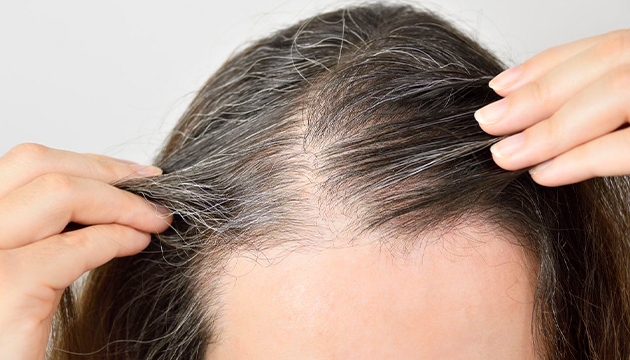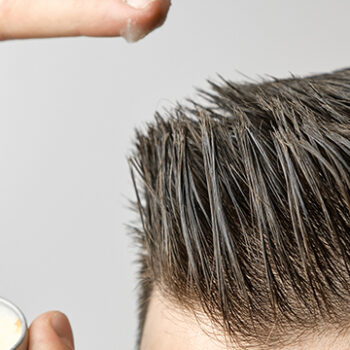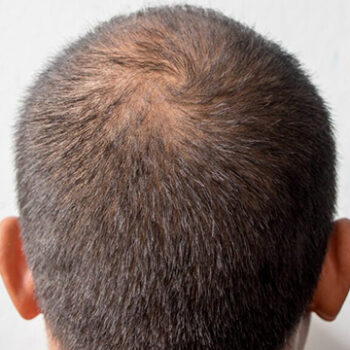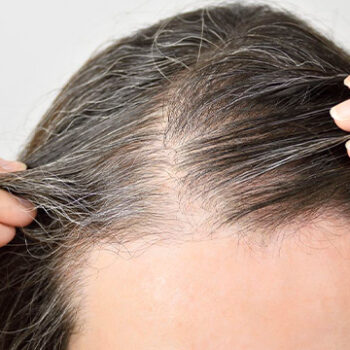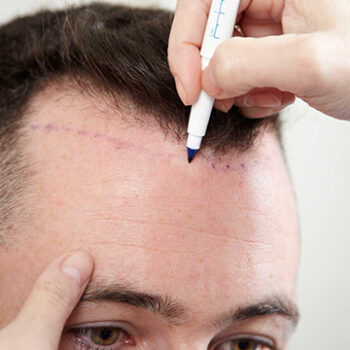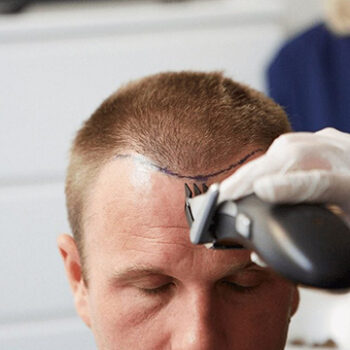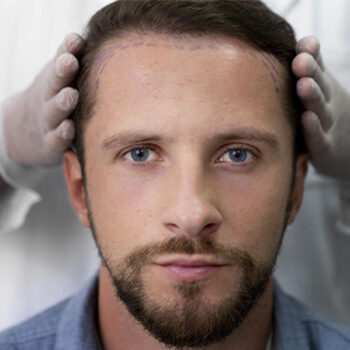What are the Causes of Hair Loss in Women?
Hair loss can be a distressing experience for anyone, but for women, it often carries additional emotional and social implications. While male pattern baldness is widely discussed and somewhat accepted in society, female hair loss remains relatively under-addressed despite affecting millions of women worldwide. Understanding the unique causes behind women’s hair loss is crucial for proper diagnosis and effective treatment.
The Normal Hair Growth Cycle
Before delving into hair loss causes, it’s important to understand how hair normally grows. Each hair follicle undergoes a continuous cycle consisting of:
- Anagen phase: The active growth phase lasting 2-7 years
- Catagen phase: A short transitional phase lasting about 10 days
- Telogen phase: The resting phase lasting about 3 months, ending with the hair falling out
At any given time, about 90% of scalp hairs are in the anagen phase, while the remaining 10% are in the telogen phase. We typically shed 50-100 telogen hairs daily, which is completely normal. Hair loss becomes concerning when this balance is disrupted.
Common Causes of Hair Loss in Women
1. Female Pattern Hair Loss (FPHL)
Female pattern hair loss, also known as androgenetic alopecia, is the most common form of hair loss in women. Unlike men who typically experience receding hairlines and bald spots, women with FPHL usually notice gradual thinning along the part line and increased visibility of the scalp, particularly at the crown.
FPHL is influenced by:
- Genetics: Family history plays a significant role
- Hormonal changes: Androgens (male hormones present in small amounts in women) can shrink hair follicles
- Aging: Risk increases after menopause
Approximately one-third of women will experience some form of FPHL in their lifetime, with prevalence increasing with age.
2. Telogen Effluvium
Telogen effluvium is a temporary form of hair loss triggered by significant physical or psychological stress, pushing more hairs than normal into the telogen (resting) phase. This results in excessive shedding 2-3 months after the stressful event.
Common triggers include:
- Childbirth
- Major surgery or severe illness
- Significant weight loss
- High fever
- Emotional trauma (such as grief or divorce)
- Certain medications
The good news is that telogen effluvium is usually reversible once the underlying cause is addressed, with hair typically regrowing within 6-12 months.
3. Hormonal Imbalances
Hormonal fluctuations significantly impact women’s hair growth cycles. Key hormonal causes include:
Pregnancy and Postpartum Changes: During pregnancy, elevated estrogen levels prolong the anagen phase, resulting in thicker hair. After childbirth, these hormone levels drop rapidly, causing temporary but sometimes dramatic shedding.
Menopause: The decline in estrogen and progesterone during menopause can lead to hair thinning and reduced growth rate.
Thyroid Disorders: Both hypothyroidism (underactive thyroid) and hyperthyroidism (overactive thyroid) can disrupt the hair growth cycle. Thyroid hormones are essential for hair follicle development.
Polycystic Ovary Syndrome (PCOS): This common endocrine disorder affects up to 10% of women of reproductive age and is characterized by hormonal imbalances that can lead to excess androgen production, resulting in hair thinning on the scalp.
4. Nutritional Deficiencies
The hair follicle is one of the most metabolically active structures in the body, requiring adequate nutrition to function properly. Deficiencies in several nutrients can contribute to hair loss:
- Iron: Iron deficiency is particularly common in women due to menstruation and is a leading cause of hair loss. Iron is essential for producing hemoglobin, which carries oxygen to hair follicles.
- Vitamin D: Research has linked vitamin D deficiency to various forms of hair loss, including alopecia areata.
- B Vitamins: Particularly biotin (B7), which plays a crucial role in keratin production.
- Zinc: Essential for DNA and RNA production, which are necessary for hair follicle cell division.
- Protein: Hair is primarily made of protein, so insufficient intake can lead to weakened strands and increased shedding.
5. Autoimmune Conditions
Several autoimmune disorders can cause hair loss in women:
Alopecia Areata: The immune system attacks hair follicles, resulting in patchy hair loss on the scalp or elsewhere on the body. Approximately 2% of the population will experience alopecia areata at some point in their lives.
Lupus: Systemic lupus erythematosus can cause hair thinning and a distinctive type of hair loss along the hairline called “lupus hair.”
Hashimoto’s Thyroiditis: An autoimmune thyroid condition that can lead to hypothyroidism and subsequent hair loss.
6. Medication-Induced Hair Loss
Various medications can trigger hair loss as a side effect, including:
- Chemotherapy drugs: Target rapidly dividing cells, including hair follicles
- Blood thinners (anticoagulants)
- Antidepressants
- Birth control pills (particularly when stopping them)
- Anti-inflammatory drugs
- Blood pressure medications (beta-blockers, ACE inhibitors)
- Cholesterol-lowering drugs
With medication-induced hair loss, improvement typically occurs after adjusting the dosage or switching medications, though this should always be done under medical supervision.
7. Hairstyling Practices and Traction Alopecia
Certain hairstyling practices can damage hair follicles and lead to hair loss:
- Tight hairstyles like ponytails, braids, and buns
- Excessive heat styling (straighteners, curling irons)
- Chemical treatments (perming, relaxing, bleaching)
- Extensions or weaves that pull on natural hair
These practices can lead to traction alopecia, a form of hair loss caused by constant pulling on the hair roots. If caught early, this type of hair loss can be reversed by changing hairstyling habits. However, prolonged traction can lead to permanent follicle damage.
8. Scalp Conditions
Various scalp disorders can contribute to hair loss:
- Seborrheic dermatitis: A common inflammatory condition causing scaly, itchy patches
- Psoriasis: Can affect the scalp and interfere with hair growth
- Fungal infections: Such as tinea capitis (scalp ringworm)
- Folliculitis: Inflammation of hair follicles
These conditions can damage hair follicles if left untreated, potentially leading to permanent hair loss in severe cases.
9. Stress and Psychological Factors
Chronic stress can significantly impact hair growth through:
- Elevated cortisol levels, which can disrupt the hair growth cycle
- Reduced blood flow to the follicles
- Increased inflammatory responses in the body
- Development or exacerbation of trichotillomania (hair-pulling disorder)
The relationship between stress and hair loss often creates a vicious cycle, as hair loss itself can cause additional stress and anxiety.
10. Environmental Factors
Environmental influences can contribute to hair loss in women:
- Pollution: Particulate matter and toxins can damage hair and scalp
- Hard water: Mineral buildup can weaken hair and cause breakage
- UV radiation: Prolonged sun exposure can damage hair proteins
- Smoking: Reduces blood flow to follicles and introduces toxins
When to Seek Medical Help
Women experiencing hair loss should consult a healthcare provider if they notice:
- Sudden or patchy hair loss
- Significant thinning over a short period
- Hair loss accompanied by other symptoms like fatigue, weight changes, or skin rashes
- Scalp abnormalities such as scaling, redness, or pain
Early diagnosis often leads to more effective treatment outcomes. Dermatologists, endocrinologists, or gynecologists may be involved in diagnosis and treatment, depending on the underlying cause.

 English
English Français
Français Deutsch
Deutsch Türkçe
Türkçe 中國人
中國人